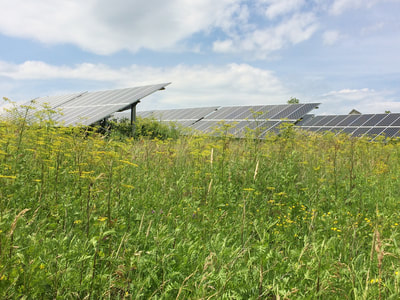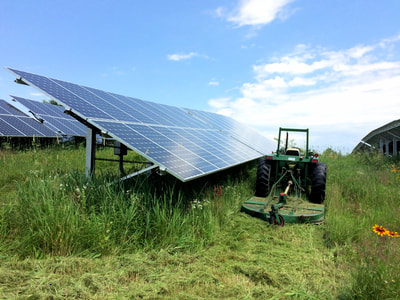Field Mowing
Sorry but this service is no longer offered.
Regular mowing of fields not in production keeps them free of invasive species, dominant weed populations, wood brush and allows natural grasses and wild flowers to flourish. The mowed material is left in the field to compost. You can mow once a year or more depending upon your objective. If you are trying to get the land back into production for hay without tillage then mow at least twice a year. Once in spring after everything has leafed out and again in late summer or early fall before the frost. Doing this method can return some fields to production in under two years providing the soil is fertile and there are no invasive species like Wild Parsnip, Purple Loosestrife or Japanese Knotweed. If those plants are present in great numbers then more frequent mowing and/or tillage is recommended. Japanese knotweed can spread from even small pieces of the plant getting spread around so if you mow it, stay in the area where it is and do not move the machine to another field or site until it is completely cleaned of every little price of the plant. That goes for the tractor too. If you don't do this you could spread the stuff around and make the problem a lot worse.
Mowing around solar arrays should be done at least once a year to keep the brush and plants from growing so tall that they cast shade on the array. you have to mow around the front and the back as well as cut out any vines or woody stemmed brush that grows under them. after brush mowing is done you may need to mow with a hardy garden tractor close in on the front and back to make sure you've cleaned up all of the tall plants. the can get crushed under the array by the large tractor tires and spring back up in a day or two after you think you;re done.









